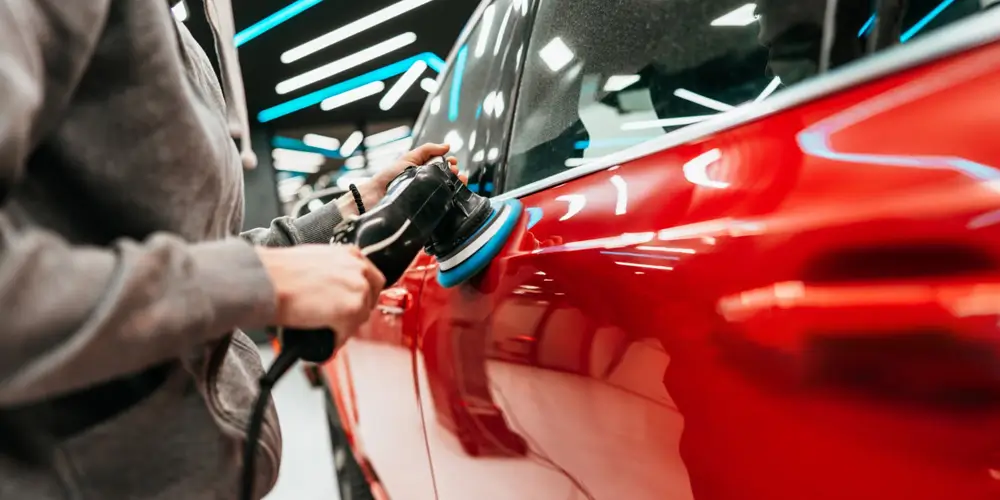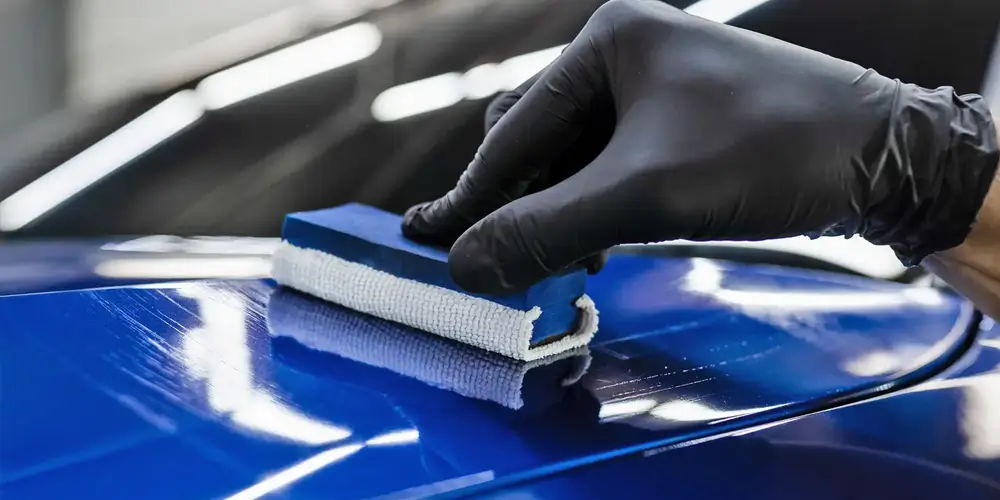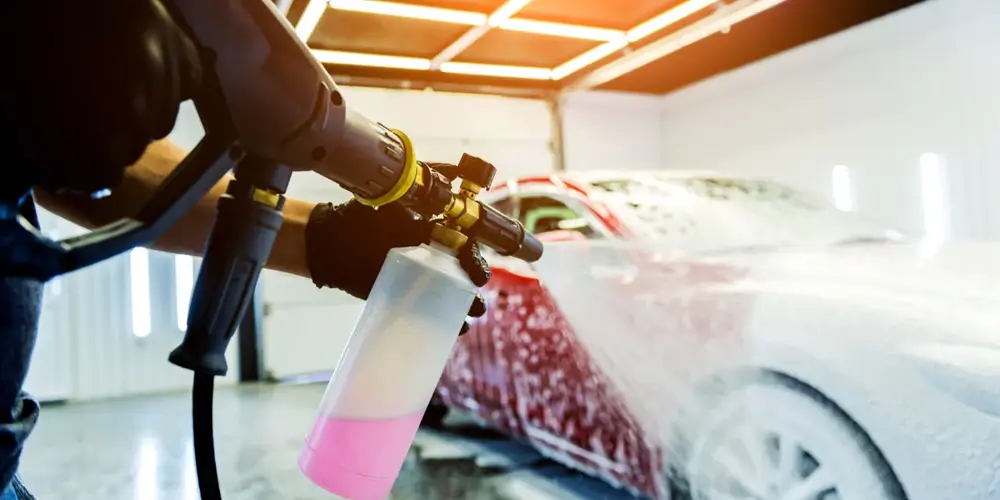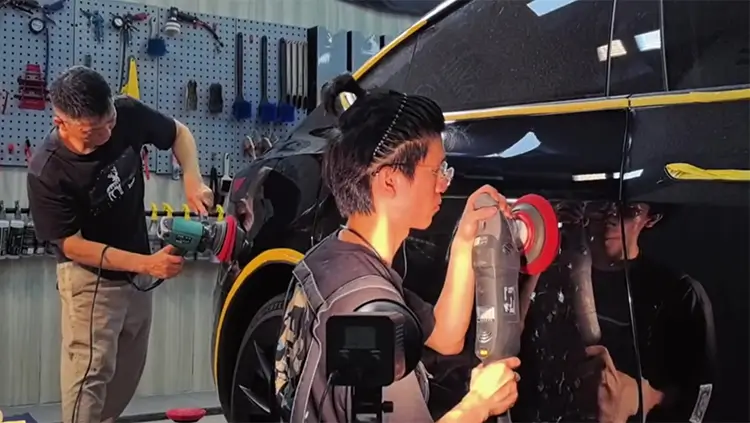The Ultimate Guide to Choosing the Best Compound, Polish, or Wax for Car Scratches
As a leading professional auto detailing supplier, SYBON takes pride in offering top-quality products and expert advice to help you achieve the best results in car care. Whether you are an importer, wholesaler, car detailing shop owner, or auto repair center manager, we invite you to collaborate with us by reaching out through the contact form on our website. In this comprehensive guide, we will explore the best solutions for addressing car scratches, focusing on the use of compounds, polishes, and waxes.
Understanding Car Scratches
Before diving into the specific products and techniques, it's important to understand the nature of car scratches. Car paint is typically composed of multiple layers: the primer, base coat, and clear coat. Scratches can vary in depth, affecting one or more of these layers.
1. Surface Scratches: These are minor scratches that only affect the clear coat. They are usually shallow and can often be removed with minimal effort.
2. Clear Coat Scratches: These scratches penetrate deeper into the clear coat but do not reach the base coat. They require more attention and stronger products to repair.
3. Base Coat Scratches: These scratches reach the base coat and can expose the primer or metal underneath. They are the most severe and require extensive work to fix.
Compound: Heavy-Duty Scratch Removal
Compounds are abrasive products designed to remove significant imperfections from the car's surface. They work by leveling the paint surrounding the scratch, effectively removing a thin layer of the clear coat to blend the scratch with the surrounding area.
Advantages of Compounds
1. Effectiveness: Compounds are highly effective at removing deep scratches and oxidation. They can restore heavily damaged paintwork to a near-new condition.
2. Versatility: Compounds can be used on various paint finishes, including single-stage and clear coat systems.
3. Preparation for Polishing: By using a compound, you create a smooth surface that is ideal for subsequent polishing and waxing steps.
How to Use Compounds
1. Preparation: Start by washing and drying the car to remove any dirt or debris. This prevents further scratching during the compounding process.
2. Application: Apply a small amount of compound to a foam or microfiber pad. Using a dual-action polisher, work the compound into the scratch in a circular motion.
3. Buffing: After the compound has been worked into the scratch, buff the area with a clean microfiber towel to remove any residue.
4. Inspection: Check the scratch to see if it has been effectively removed. If necessary, repeat the process until the scratch is no longer visible.
Recommended Products
At SYBON, we recommend using our SYBON Heavy-Duty Compound for the most effective results. This product is formulated to tackle even the most stubborn scratches and imperfections, providing a smooth and flawless finish.
Polish: Enhancing Shine and Clarity
Polishes are less abrasive than compounds and are used to refine the paint surface after compounding. They help to enhance the shine and clarity of the paint by removing fine scratches, swirl marks, and hazing.
Advantages of Polishes
1. Improved Appearance: Polishing removes minor imperfections and restores the paint's original luster.
2. Smooth Finish: Polishes create a smooth surface, making the car easier to clean and maintain.
3. Protective Base: By polishing the car, you create an ideal base for applying wax, which provides additional protection.
How to Use Polishes
1. Preparation: Ensure the car is clean and dry. If you have used a compound, make sure all residue is removed.
2. Application: Apply a small amount of polish to a foam or microfiber pad. Using a dual-action polisher, work the polish into the paint in overlapping passes.
3. Buffing: After polishing, buff the area with a clean microfiber towel to reveal a high-gloss finish.
4. Inspection: Check the surface for any remaining imperfections. Repeat the process if necessary.
Recommended Products
Our SYBON Fine Polish is designed to deliver a brilliant shine and remove minor imperfections. It is suitable for all paint finishes and is easy to apply, making it an excellent choice for both professionals and enthusiasts.
Wax: Protecting and Sealing the Finish
Wax is the final step in the car detailing process. It provides a protective layer over the paint, shielding it from environmental contaminants and UV rays. Wax also enhances the gloss and depth of the paint, giving the car a showroom-quality finish.
Advantages of Wax
1. Protection: Wax forms a barrier that protects the paint from harmful elements such as dirt, water, and UV radiation.
2. Enhanced Appearance: Wax adds depth and richness to the paint, making the car look vibrant and well-maintained.
3. Water Repellency: Wax creates a hydrophobic surface, causing water to bead and roll off, which helps to keep the car cleaner for longer.
How to Use Wax
1. Preparation: Ensure the car is clean, dry, and free from any polish residue.
2. Application: Apply a small amount of wax to an applicator pad. Using a circular motion, apply the wax to the car's surface in small sections.
3. Curing: Allow the wax to cure for the recommended time as specified by the product instructions.
4. Buffing: Use a clean microfiber towel to buff off the cured wax, revealing a glossy, protective finish.
Recommended Products
SYBON Premium Carnauba Wax is our top recommendation for achieving a long-lasting, protective finish. Formulated with high-quality carnauba, it provides excellent protection and a deep, rich shine.
Choosing the Right Product for Your Needs
When deciding between compound, polish, or wax, it's important to consider the specific needs of your car's paintwork. Here's a quick guide to help you choose the right product:
1. For Deep Scratches: Use a compound to effectively remove deep scratches and restore the paint surface.
2. For Minor Imperfections: Use a polish to remove fine scratches, swirl marks, and hazing, and to enhance the paint's clarity and shine.
3. For Protection and Shine: Use a wax to protect the paint from environmental damage and to achieve a high-gloss finish.
Professional Tips for Best Results
1. Test in a Small Area: Before applying any product to the entire car, test it in a small, inconspicuous area to ensure compatibility and desired results.
2. Use Quality Tools: Invest in high-quality applicators, pads, and towels to avoid introducing new scratches and to achieve the best finish.
3. Work in Controlled Conditions: Perform detailing work in a shaded, well-ventilated area to prevent the products from drying too quickly and to ensure even application.
4. Follow Instructions: Always follow the manufacturer's instructions for each product to achieve optimal results and to avoid damage to the paint.
Partner with SYBON for Superior Car Care Solutions
At SYBON, we are committed to providing our customers with the highest quality auto detailing products and expert guidance. As an importer, wholesaler, car detailing shop owner, or auto repair center manager, you can rely on us to supply you with the best products to meet your needs.
We invite you to explore our range of compounds, polishes, and waxes, and to reach out to us through our website's contact form to discuss potential collaborations. Together, we can achieve exceptional results in car care and maintenance.
Conclusion
Addressing car scratches effectively requires the right products and techniques. By understanding the differences between compounds, polishes, and waxes, and how to use them correctly, you can restore and protect your car's paintwork to a professional standard. Trust SYBON for all your auto detailing needs, and let's work together to keep your vehicles looking their best.
Source of this article:https://www.sybonbest.com
Get to know us through more channels:




